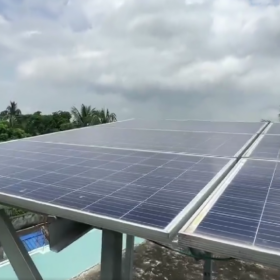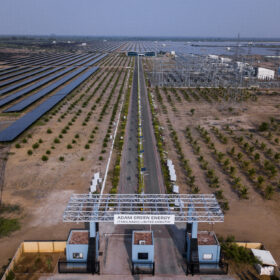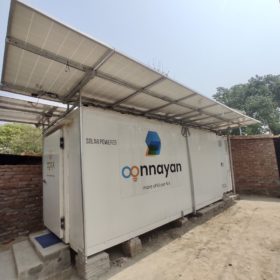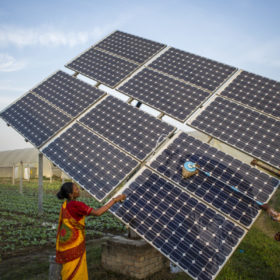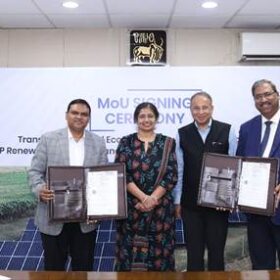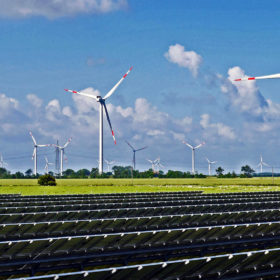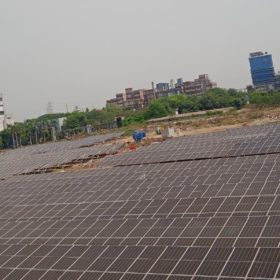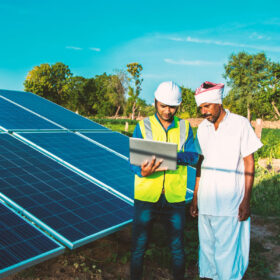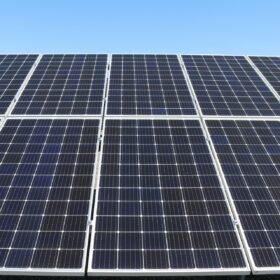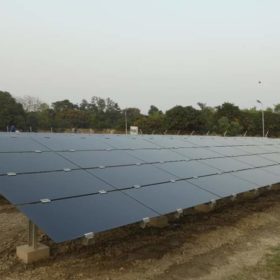Distributed or utility-scale solar?
The choice between distributed and utility-scale solar often comes down to balancing these benefits based on the specific context, goals, and constraints of a project or region. In the Indian context, a balanced approach that leverages the strengths of both models is essential.
India installed 12.1 GW of solar in H1 2024
India installed about 9.6 GW of utility-scale solar, 1.8 GW rooftop, and 688 MW off-grid capacity in the Jan.-June period of 2024, says a new report by JMK Research.
Oorja raises $1.5 million to scale its solar farming-as-a-service model
Oorja owns, operates and maintains decentralised solar infrastructure at the farm level and sells solar-powered irrigation, milling and cooling services to smallholder farmers on a pay-per-use basis.
World Nature Conservation Day
The integration of renewable energy in agriculture plays a significant role in combating climate change. It aligns with global efforts to transition towards sustainable practices and reduce environmental impact.
Tata Power’s microgrid arm partners with National Dairy Development Board to solarize milk value chain
TP Renewable Microgrid Ltd and National Dairy Development Board will collaborate to enhance sustainability and operational efficiency within the milk value chain. This includes the solarization of dairy cooperative societies, bulk milk coolers, and milk chilling centers, facilitated by solar microgrid technology.
Budget 2024-25: Key highlights and analysis
Employment creation and skill development have been at the core of this budget. While there is a lot of emphasis on skill development, there needs to be an emphasis on how money is allocated for skilling and reselling of people for the clean energy sector.
Gensol Engineering wins bid for 150 MWp of solar projects in Gujarat
Gensol Engineering Ltd has emerged as winning bidder for engineering, procurement, and construction of 116 MW (150 MWp) of solar projects in Gujarat. It will install these projects for feeder-level solarization.
Guide to solar development under PM-KUSUM Scheme
Achieving and maintaining a capacity utilization factor (CUF) of 19% over 25 years without deration is feasible through careful selection of high-efficiency, low-degradation solar panels, and implementing robust design, maintenance, and monitoring strategies. By following the guidelines provided in this article, developers can ensure compliance with PM-KUSUM scheme and achieve sustainable, long-term performance of their solar power plants.
Addressing the interconnected challenges of land degradation and climate change
By forging ahead with solar-powered land restoration initiatives, we can build resilient ecosystems, foster sustainable livelihoods and safeguard our planet for generations to come.
Nigeria’s Rural Electrification Agency, Husk Power Systems partner to deploy 250 MW of decentralized renewable energy projects
Nigeria’s Rural Electrification Agency has partnered Husk Power Systems for inter-connected minigrids and isolated minigrids, rooftop commercial and industrial (C&I) solar, productive use of energy (PUE), and appliance sales and financing.
